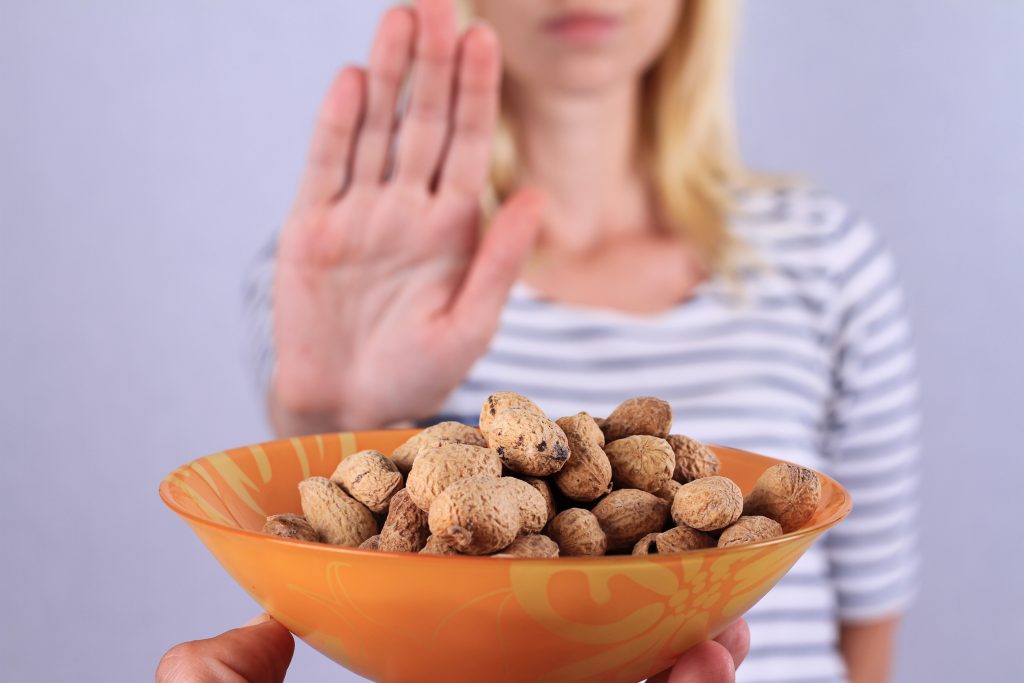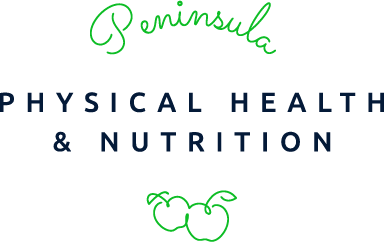-
FODMAP Intolerance
What is a FODMAP Intolerance?
A low FODMAP diet is commonly used to manage symptoms associated with irritable bowel syndrome (IBS). Approximately one in seven Australians suffer from IBS symptoms which are characterised by but not limited to bloating, distention, constipation, diarrhoea, wind, cramping and abdominal pain. Research has shown that by following a low FODMAP diet can help minimise symptom severity. FODMAPs are short chain carbohydrates that are poorly absorbed in the gut resulting in gastrointestinal symptoms. FODMAP is an acronym that stands for Fermentable Oligosaccharides, Disaccharides, Monosaccharides and Polyols.

How can PPN dietitians help manage a FODMAP Intolerance?
Our dietitians are FODMAP trained and experienced in guiding individuals through the elimination and the reintroduction process of a FODMAP diet. We understand how complex and daunting it can be when you are commencing a low FODMAP diet. To simplify the process we work alongside you to provide education on what the FODMAPs are and the symptoms associated with each FODMAP and we can tailor the elimination phase to suit your lifestyle. We also provide ongoing support during the reintroduction phase to assist in determining your symptom threshold when you transition from a low FODMAP to moderate FODMAP diet for long term symptom management.
-
Fructose Malabsorption
What is Fructose Malabsorption?
Fructose malabsorption occurs when the cells in the intestine are unable to effectively transport fructose efficiently into the bloodstream. Fructose is a simple sugar known as a monosaccharide and is predominantly found in fruit, honey as well as in some vegetables. It is also present in processed foods that contain high fructose corn syrup which is not used to sweeten products in Australia but more likely to be present in products imported from overseas.
Common symptoms of fructose malabsorption include:
- Bloating
- Abdominal pain
- Diarrhoea
- Wind/gas

How can PPN dietitians help manage Fructose Malabsorption?
PPN dietitians will take a look at your symptom history and potential food triggers and determine which foods are likely to be causing a reaction. They will determine whether a low FODMAP or a moderate FODMAP diet is a suitable approach to help manage fructose malabsorption.
-
Lactose Intolerance
What is Lactose Intolerance?
Lactose intolerance usually occurs when the small intestine does not produce enough of the enzyme Lactase which is responsible from breaking down the milk sugar Lactose. Lactase breaks lactose down into two simple sugars – glucose and galactose, which are then absorbed into the bloodstream through the lining of the intestine. When consuming lactose in excess, instead of the sugar being broken down and absorbed into the bloodstream it becomes malabsorbed where it travels to the large bowel and the bacteria interact with the undigested lactose resulting in gastrointestinal symptoms.
Common symptoms associated with lactose intolerance include:
- Diarrhoea
- Abdominal Cramps
- Bloating
- Gas/wind

How can PPN dietitians help manage Lactose Intolerance?
PPN dietitians can help identify if the symptoms you are experiencing are related to a lactose intolerance. We can help implement a diet that is low in lactose to minimise symptom severity as well as prevent any potential nutritional deficiencies if you choose to follow a dairy free diet to manage lactose intolerance.




